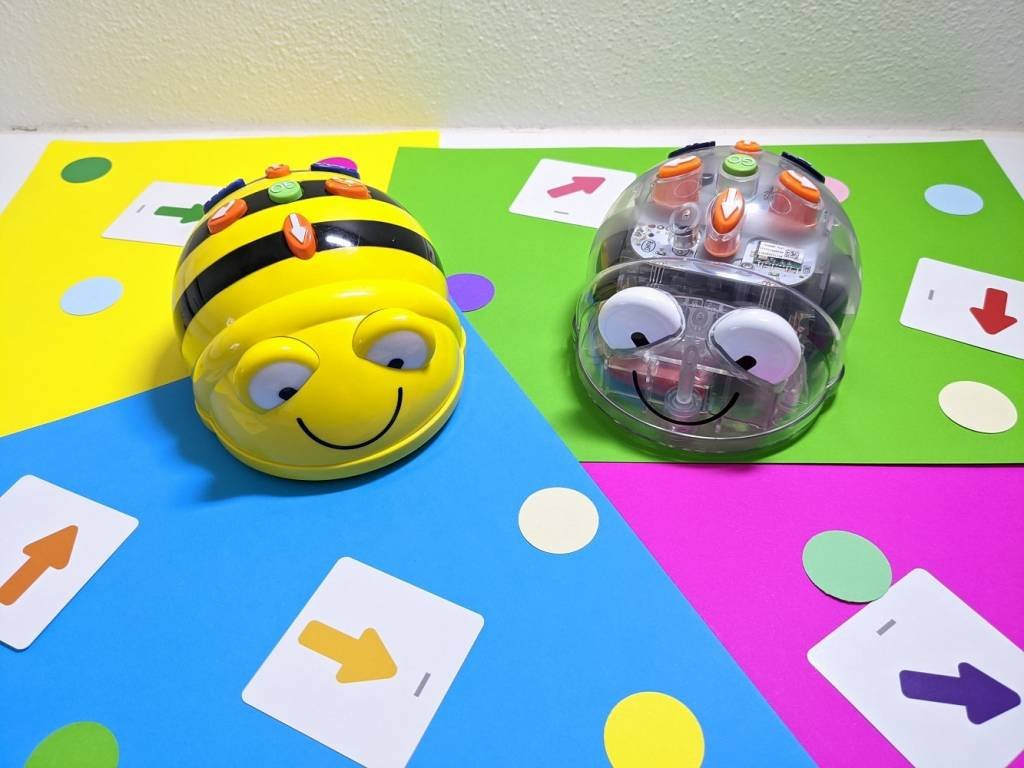
Computing
Computing Education for the Future
At Hotham, Computing is taught in a way that ensures progression of skills and is sequenced to build on pupils’ previous learning. Children gain experience and skills through using a wide range of technology. Across a range of subjects, we enhance learning experiences and enable students to use technology in different ways to complement their learning. We are fortunate to be very well resourced at Hotham and pupils have the opportunity to use iPads, Chromebooks and other IT resources like Beebots, Microbits and Robotic Lego.
Intent: Vision for Computing
Our intent is to develop pupils who can master computing as active participants in the digital world and use computational thinking and develop digital literacy. We teach our pupils to use technology responsibly and in a way that reflects our school values. Hotham pupils show creativity in Computing to solve problems.
Implementation: What does Computing look like at Hotham?
We use the Teach Computing curriculum from the National Centre for Computing Education to ensure we teach a broad and ambitious computing curriculum. It is a spiral curriculum that ensures that children continually build on their prior learning. Our curriculum provides support and challenge for all pupils.
The Teach Computing curriculum is divided into six areas: computing systems and networks, creating media, programming A, data and information, creating media and programming B. The National Centre for Computing Education’s pedagogical approach consists of 12 key principles underpinned by research: each principle has been shown to contribute to effective teaching and learning in computing. These key principles are: lead with concepts; work together; get hands-on; unplug, unpack, repack; model everything; foster program comprehension; create projects; add variety; challenge misconceptions; make concrete; structure lessons; read and explore code first.
In Early Years Foundation Stage, pupils familiarise themselves with technology through the role play areas in our continuous provision. They also develop early programming skills by learning how to give sequenced instructions and learn how to move a floor robot and begin to search for information safely. In KS1 and KS2 computing is taught each half term as a discrete subject but meaningful links are made across the curriculum where appropriate.
E-safety is an important aspect of our curriculum and is woven through our units of work. In Computing and through our Personal Development, Hotham pupils learn how to use technology safely and respectfully, about keeping personal information private; identify where to go for help and support when they have concerns about content or contact on the internet or other online technologies.
Examples of units of work include digital painting, photography and music, and programming animations in KS1. Pupils further develop these skills in KS2 through units on stop-frame animation, photo editing, video production, 3D modelling and web page design. Throughout KS1 and KS2 there is an emphasis on programming and physical computing. In KS1, pupils use Bee-bots robots. In KS2, children make use of Crumble controllers and micro:bits.
Impact: Evidence and Assessment of Computing
Over time, pupils learn to save their work electronically in an e-portfolio. Teachers also create a digital scrapbook as a record of pupils learning over time.
The impact of our computing curriculum is monitored through reviewing lessons, outcomes of units of work and digital scrapbooks. We talk to our pupils about their computing lessons and learning. Formative and summative assessments are planned throughout each unit in our scheme of work.
Computing Overview
Please see an overview of our Computing curriculum below.

